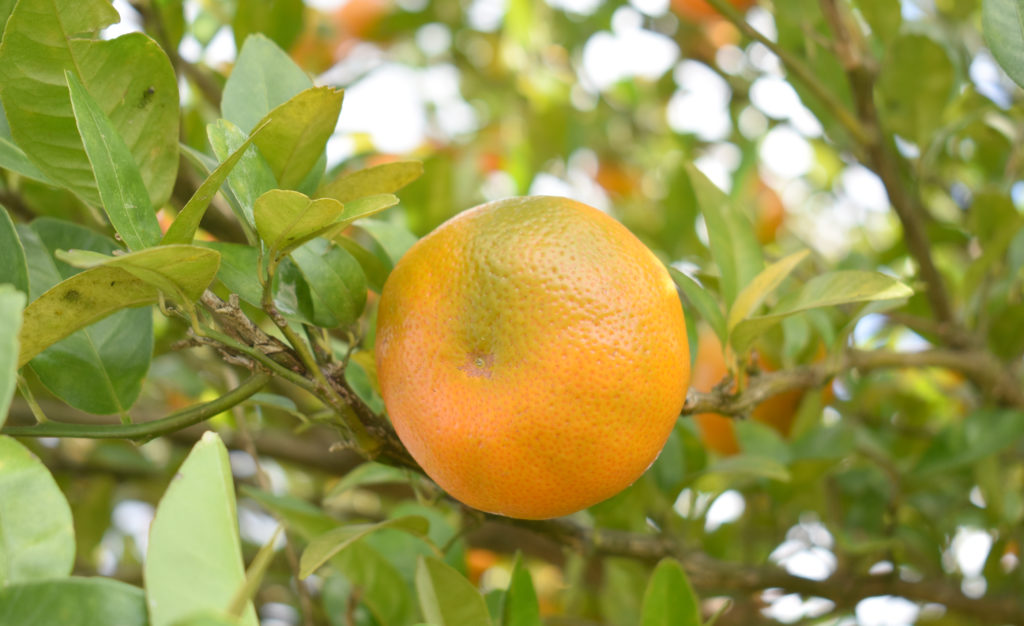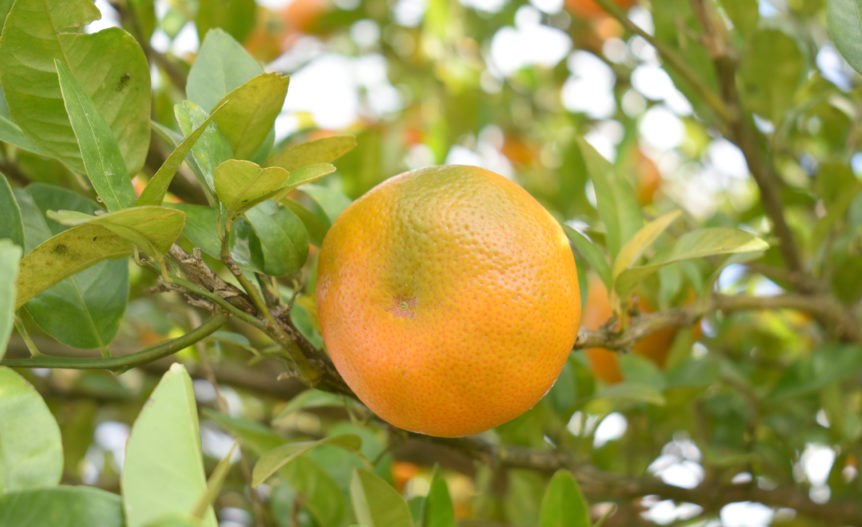
Pruning may help cold-hardy producers salvage their satsuma crop from one year to the next and not endure extreme alternate bearing cycles.
“Pruning in the heavy year may help alleviate that alternate bearing pattern. But we still have to do the research to support that,” said Mary Sutton, University of Georgia (UGA) assistant professor and citrus Extension specialist.

While pruning could help growers better manage their crop load, it may be challenging to convince them to implement this management tactic.
“In a heavy year, a tree may produce 400 pounds of fruit, and that’s amazing. But if it doesn’t produce fruit the next year, you’re basically looking at 400 pounds of fruit every other year. If you’re pruning and thinning out your crop load, it might look more like 250 in one year and 250 the next,” Sutton said. “Over the two-year span, you’ll end up with more fruit. I know that it’s very difficult to want to cut things back, especially in those first couple of years when the trees are producing and you’re finally seeing a crop load. You don’t want to sacrifice that.”
Citrus Grower’s Summer Update
Sutton stressed the importance of canopy management during the Citrus Grower’s Summer Update meeting last month in Valdosta, Georgia. She said that satsumas, globe oranges and grapefruit require different practices — all of which are being researched.
“With canopy management, we’re looking at different pruning, hedging and skirting techniques, mainly because Florida doesn’t really use those recommendations anymore because of the citrus greening pressures. They just hedge to keep the trees manageable for equipment,” Sutton said. “Whereas here, we’re getting canopies that are so dense, it’s difficult to get in there and get full penetration of whatever sprays we’re using. We do need to thin out the canopy for that reason. We also want to keep the canopies at a manageable size. We don’t want 30-foot tall trees that we’re going to need a ladder for. We do want to keep things shorter and more compact.”










